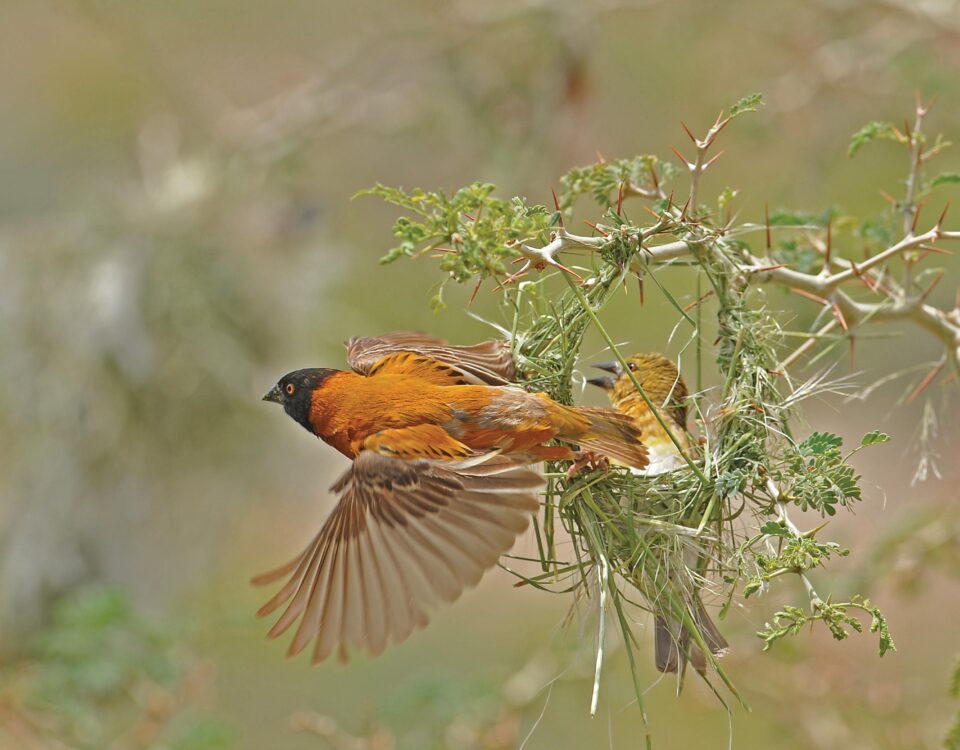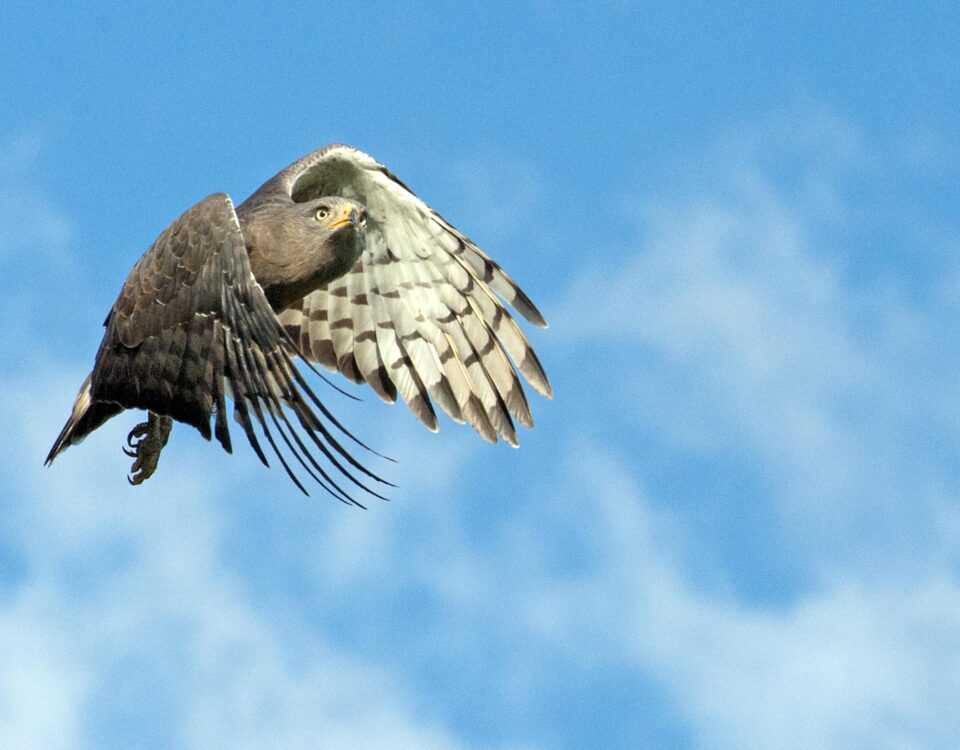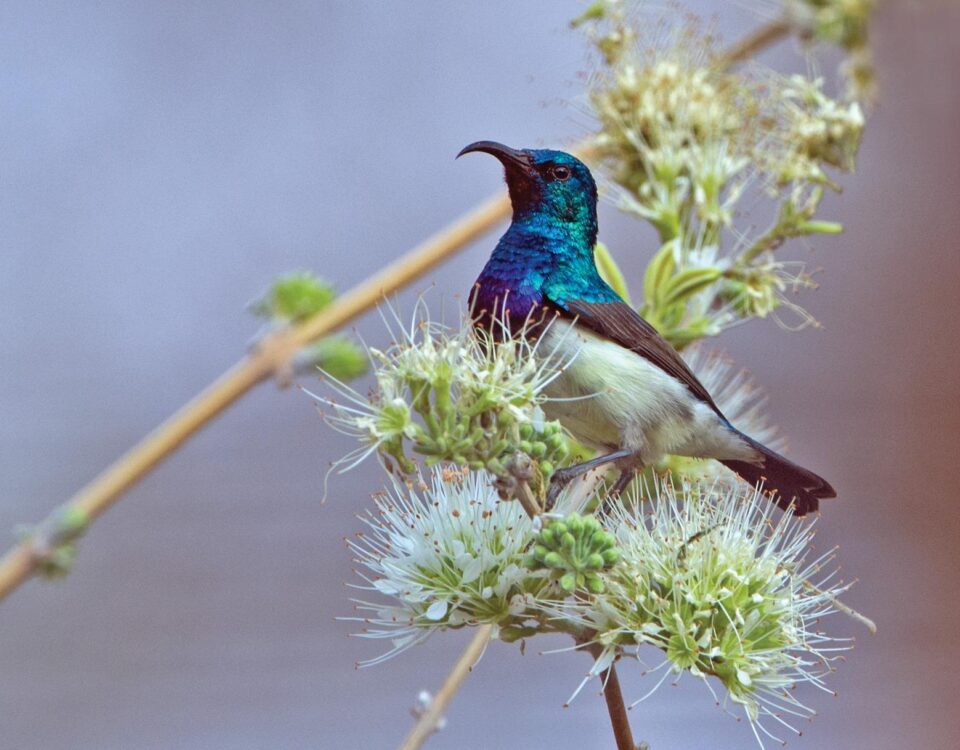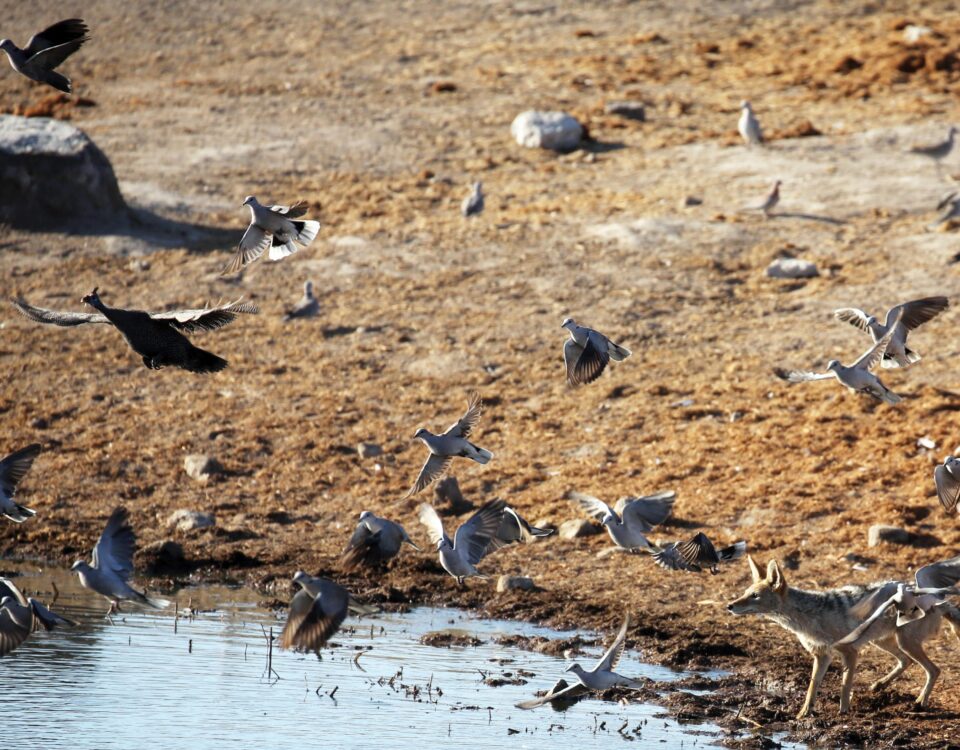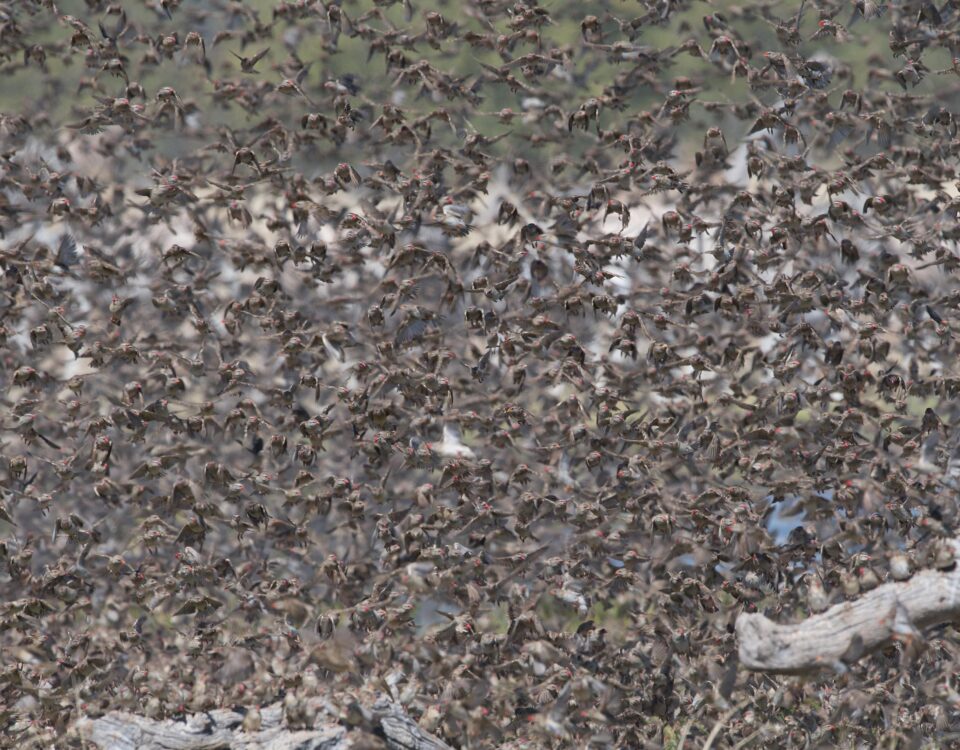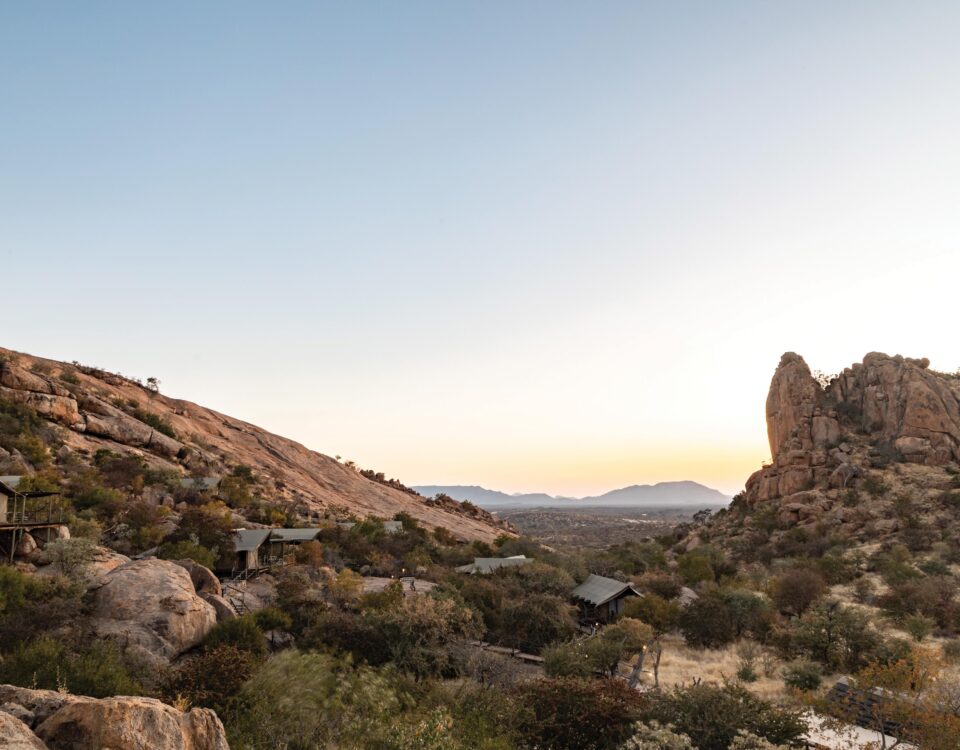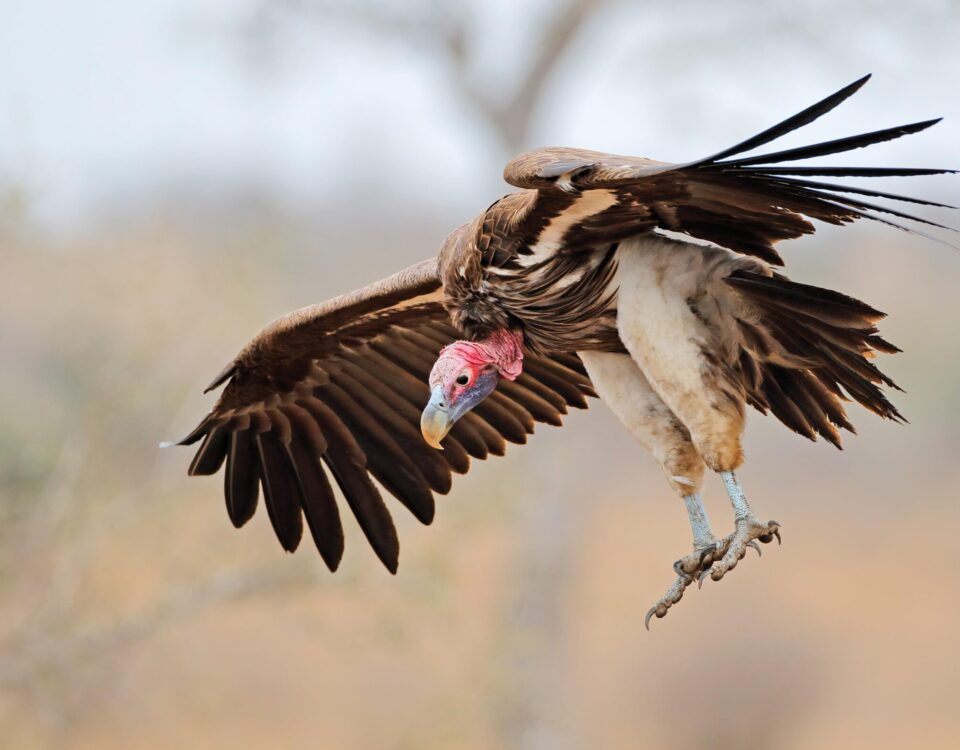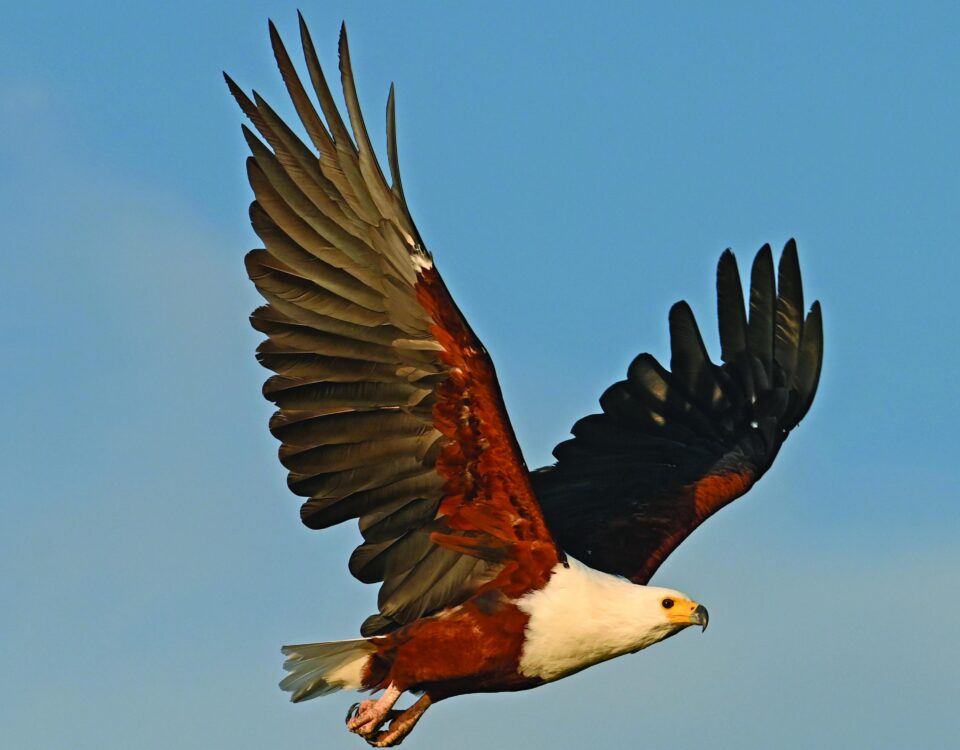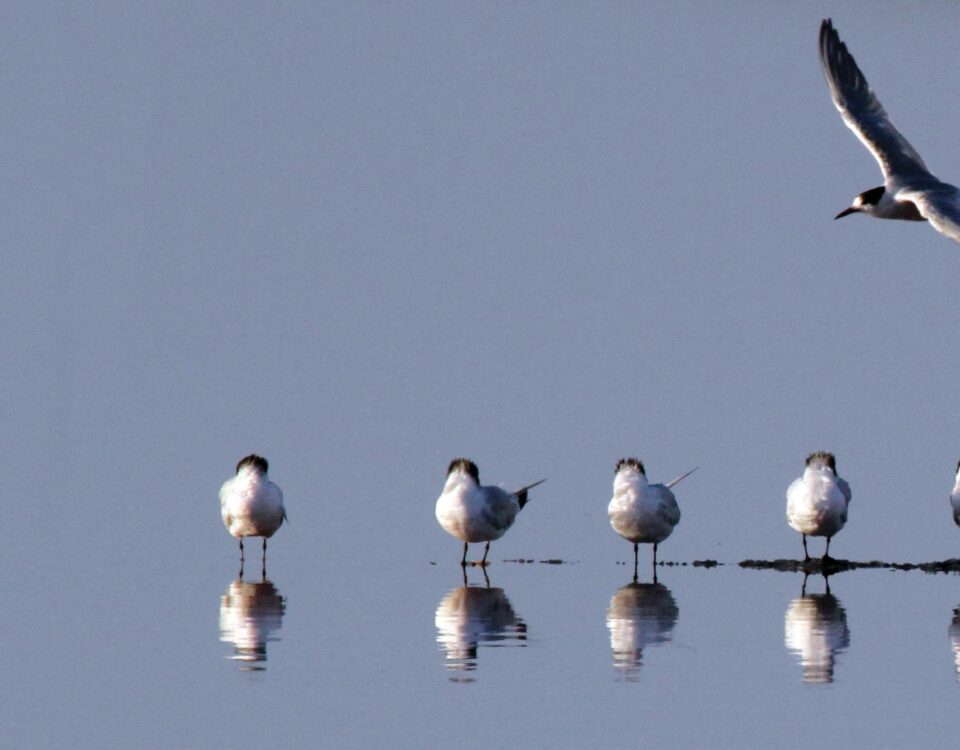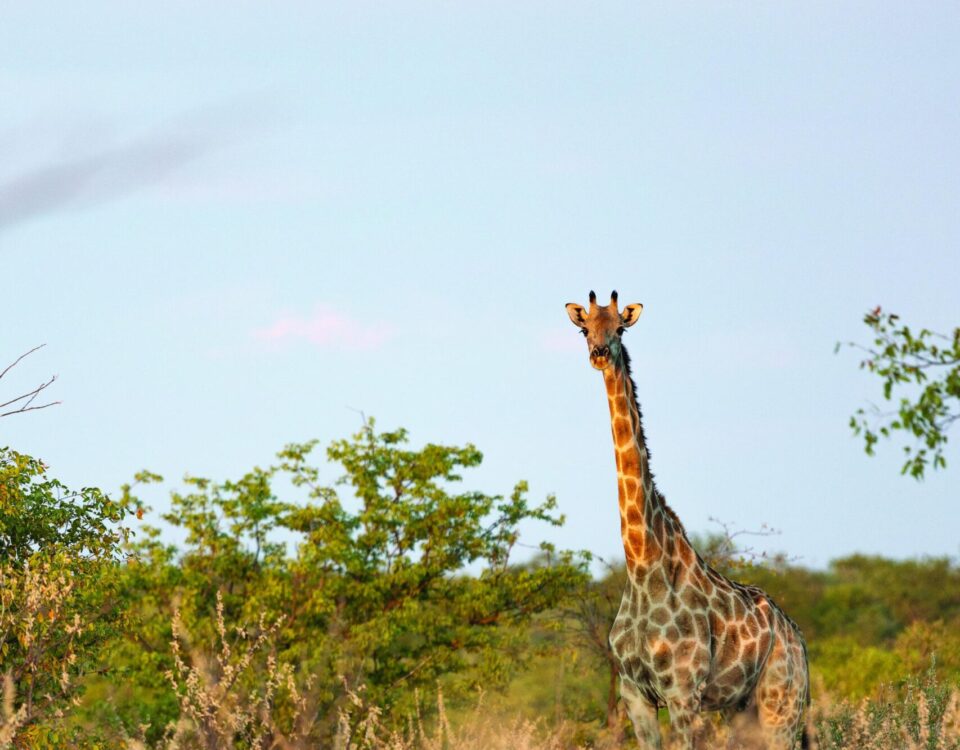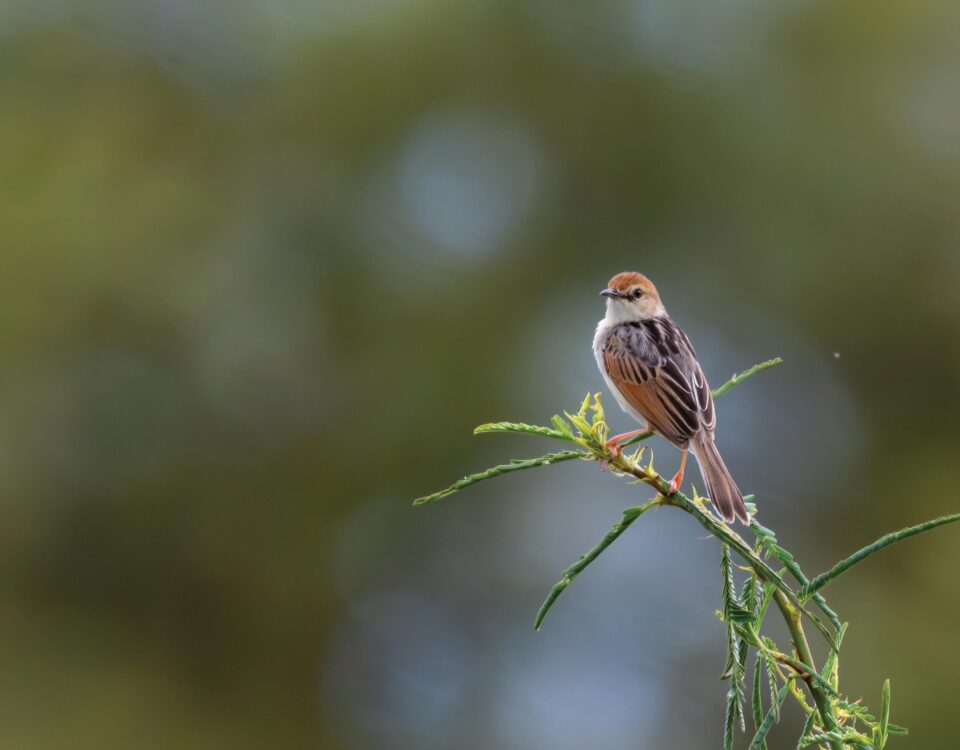July 13, 2018
If there were a lion behind every second bush, or a leopard in every tree, would they be so special? Would photographers want to shoot them (to protect them), would photographers drive off-road or into a no-entry road to get a better angle on their million dollar picture? I have in fact seen people drive all over each other to get a closer look at a lion, to get to the front of the scene of the crime. Imagine, for a lion! Luckily no photographer will ever do that. The point I want to make about starlings is that they are too common. Most of the starlings have a metallic sheen flashing back when the sun touches their feathers, but unfortunately they are not so special because they are just too common. This might be where this terrible word is coming from: ‘common’, like too many seen too often. Possibly it is also because they are robust and gregarious. Let’s rather call them plebeian.

